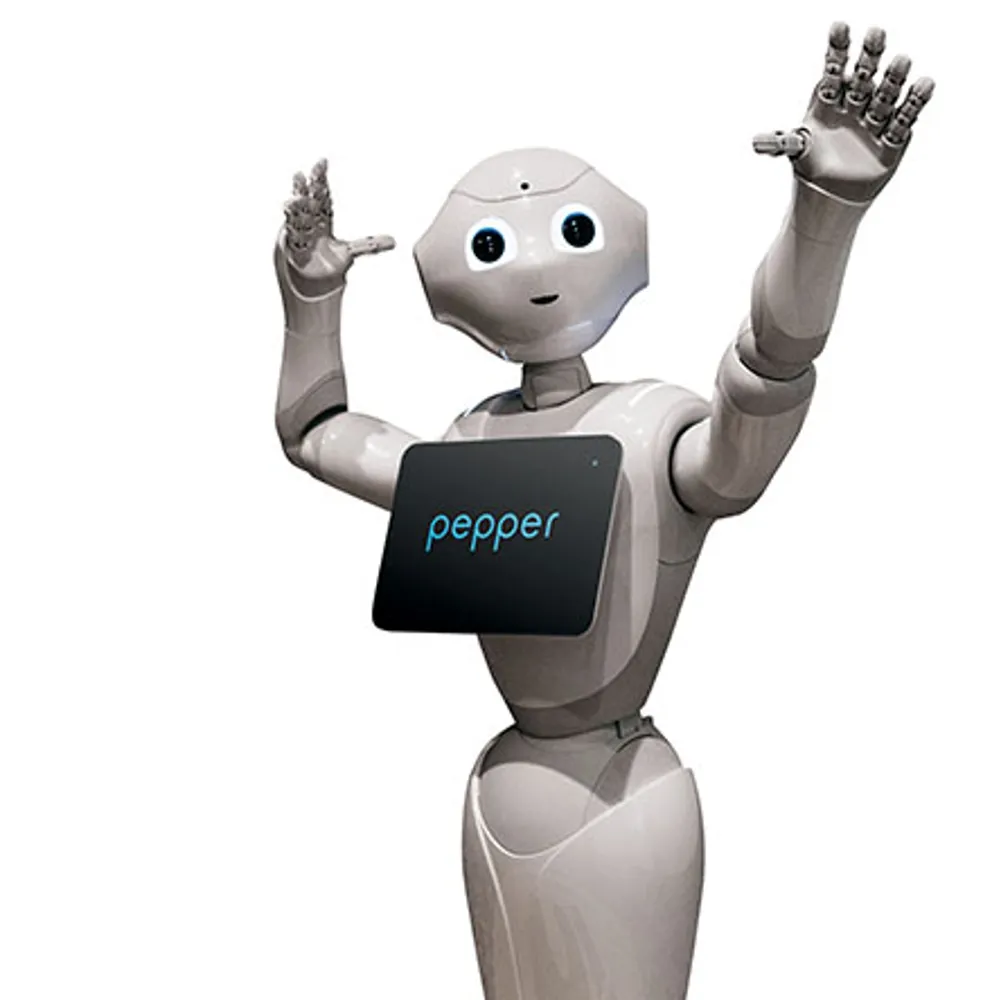Researching Robots
August 9, 2019
- Author: Dave Wilson


July/August 2019
More articles in this issue:
What is a robot? A half-day session on robotics at CTA’s Technology & Standards Forum in San Francisco in May addressed this and other topics. To an economist, a robot is anything that replaces manual labor. To others, robots are devices that sense, signal, move, and have energy and intelligence. No matter how they’re defined, there’s no question that robots are taking the world by storm — and by swarm.
Lesley Rohrbaugh, director of market research at CTA, presented new research which found 75% of people believe robots will impact their daily lives by 2024. Overall, 84% of U.S. adults have a positive view of consumer robots.
Dr. Henrik Christensen, director of the University of California at San Diego Contextual Robotics Institute, presented his latest roadmap for U.S. robotics. He said in certain districts in San Diego, the first responder to arrive onsite after a 911 call is a drone — a flying robot

The Concept of Time-to-Boredom
Christensen said that people can become bored with robots after the initial novelty wears off. The key to success for robots is for them to become part of people’s daily routines. With entertainment robots, time-to-boredom is measured in hours instead of days, he added.
One thing that helps make vacuum cleaner robots successful, according to Christensen, is their ability to be customized. Many owners of vacuum robots “dress up” their devices to give them personalities, and 65% name their robot vacuums.
When it comes to caring for the elderly, robots at home are more cost-effective than nursing homes. Christensen found that elderly people want robots to help them find the TV remote control and their glasses more than help getting water or medication
Beyond Traditional Applications
During the panel “Use Cases and Applications of Robotics in the Home,” Dr. Philip Roan, senior engineer of robotics at Bosch, said it’s hard to make robots lifelike. It’s important to set consumers’ expectations so they appreciate what a robot can do for them, and don’t get frustrated by what it can’t.
Andrew Mitrak, director of marketing at HaptX, said robots also can expand humankind’s reach worldwide. He demonstrated how a robotic hand with haptic sensors can be paired with a glove that uses signals from the robotic hand to provide haptic feedback to its wearer. The person wearing the glove can then control the robotic hand to perform complex tasks, even if the robotic hand is on the other side of the world or somewhere humans can’t access. While some are concerned about robots filling jobs that used to be done by humans, Mitrak said robots also make it possible for humans to do jobs they were incapable of doing before.
Elnaz Sarraf, founder and CEO of ROYBI, discussed the importance of constantly updating the content on consumer robots to address time-to-boredom. If a robot can do some thing today that it couldn’t do yesterday, consumers will likely keep using it. She also said it ’s important to decrease costs to increase consumer adoption.
When it comes to using consumer robots at home, Sarraf said people in Japan are much farther along than people in the U.S. She explained how Japan’s culture is different and how people in Japan believe even objects have a spirit. Thus, Japanese people are more likely to establish emotional bonds with their robots, not so different from Americans naming their vacuum robots.
With the tremendous promise ahead, CTA will continue to work to grow the robotics segment of the industry.
Join our community of innovators and shape the future of technology.



